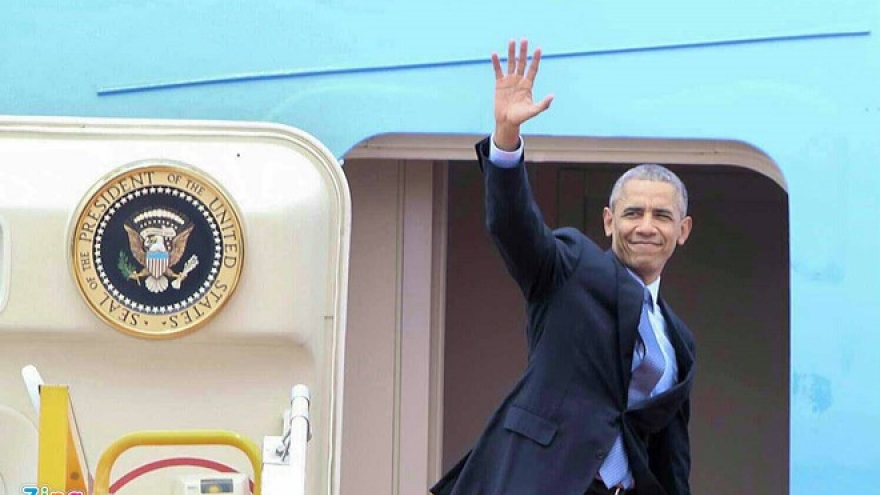Abe was to take US President Barack Obama and other G7 partners to the expansive grounds of Ise Grand Shrine in central Japan, dedicated to sun goddess Amaterasu Omikami, mythical ancestress of the emperor.
Abe has said he hopes the shrine visit will provide an insight to the heart of Japanese culture. Critics say he's catering to a conservative base that wants to put religion back in politics and revive traditional values.
On May 25 night, Abe met Obama for talks dominated by the arrest of a US military base worker in connection with the killing of a young woman on Japan's southern Okinawa island, reluctant host to the bulk of the US military in Japan.
The incident has marred Obama's hopes of keeping his Japan trip strictly focused on his visit on May 27 to Hiroshima, site of the world's first atomic bombing, to highlight reconciliation between the two former World War Two foes and his nuclear anti-proliferation agenda.
"...our visit to Hiroshima will honor all those who were lost in World War Two and reaffirm our shared vision of a world without nuclear weapons, as well as highlight the extraordinary alliance that we have been able to forge over these many decades," Obama, the first sitting US president to visit the city, told a news conference with Abe late on May 25.
Abe, in his remarks, seemed to stress Japan’s status as victim, the first and only country to be targeted with nuclear weapons, and made no mention of Tokyo’s own wartime atrocities.
